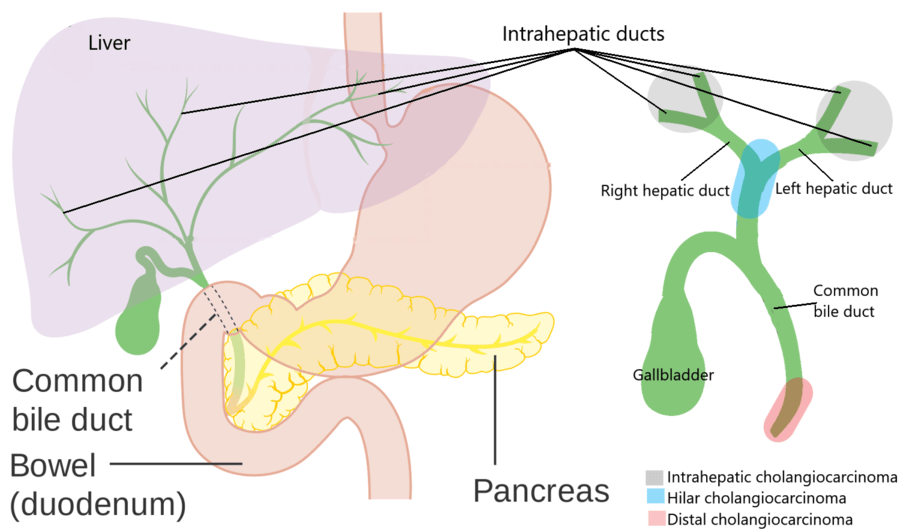Can Jaundice be a Sign of Cancer?

Jaundice: sign of cancer?
Jaundice is the yellowing of eyes, skin and urine. It is often a sign of liver problems. Many cases of the jaundice are caused by cancer. In this article, we will explore the link between jaundice and cancer.
What is Jaundice?
Bilirubin is a pigment produced in the body by the breakdown of haemoglobin in red blood cells. The liver conjugates (modifies) it and excretes it into the bile. The Bile duct carries this bile to the small intestine.
Increased levels of bilirubin in the blood give rise to Jaundice. The bilirubin causes the yellowing of skin, eyes and urine. This can happen because of the increased formation of bilirubin, liver dysfunction or obstruction to the flow of bile. Jaundice caused by obstruction to the flow of bile is called obstructive jaundice.
Three broad causes of jaundice
- Prehepatic: increased breakdown of RBCs.
- Hepatic: liver dysfunction results in the buildup of bilirubin.
- Posthepatic: blockage to the flow of bile
Other symptoms of jaundice
- Patients with obstructive jaundice can have intense itching.
- Jaundice can also be associated with decreased appetite, nausea, vomiting, fever and weight loss.
Jaundice and cancer
Most cancers cause jaundice by obstructing the flow of bile by blocking the bile duct. Occasionally, cancers can damage or replace a large part of the liver causing liver dysfunction.
Which cancers cause jaundice?
Cancers of the liver, gallbladder, bile duct and pancreas can cause jaundice.
Does jaundice indicate the stage of cancer?
The stage of cancer is the extent of cancer in the body. Doing CT, MRI or PET-CT scans finds the stage of cancer. Jaundice does not indicate the stage of cancer.
Work up for Jaundice
This includes blood tests such as liver function tests, hepatitis tests and tumour markers. In obstructive jaundice, the area around the bile duct is studied with imaging studies such as ultrasound, CT scan, MRI scan or PET-CT scan.
Treatment of obstructive jaundice from cancer
Treatment of jaundice depends on the stage of cancer and the level of bilirubin. Surgery removes cancer and bile duct blockage. This is done when cancer is operable and bilirubin is not very high.
ERCP, or Endoscopic Retrograde Cholangiopancreatography, is a procedure that uses an endoscope (a long, flexible tube with a light and camera) to visualise the ducts of the biliary and pancreatic systems. A stent (thin tube) is then placed to relieve the obstruction and reestablish the flow of bile.
ERCP is done to decrease bilirubin when cancer is inoperable or when we want to decrease the level of bilirubin before surgery or before chemotherapy.
Conclusion
Jaundice can be a sign of liver problems, but sometimes, it can also be a sign of cancer. If you are experiencing jaundice, it is important to seek medical attention as soon as possible. Your doctor will work with you to determine the cause of your jaundice and provide you with the appropriate treatment and support. With early detection and treatment, you can improve your prognosis and quality of life.
Stay Alert! Stay Healthy!


